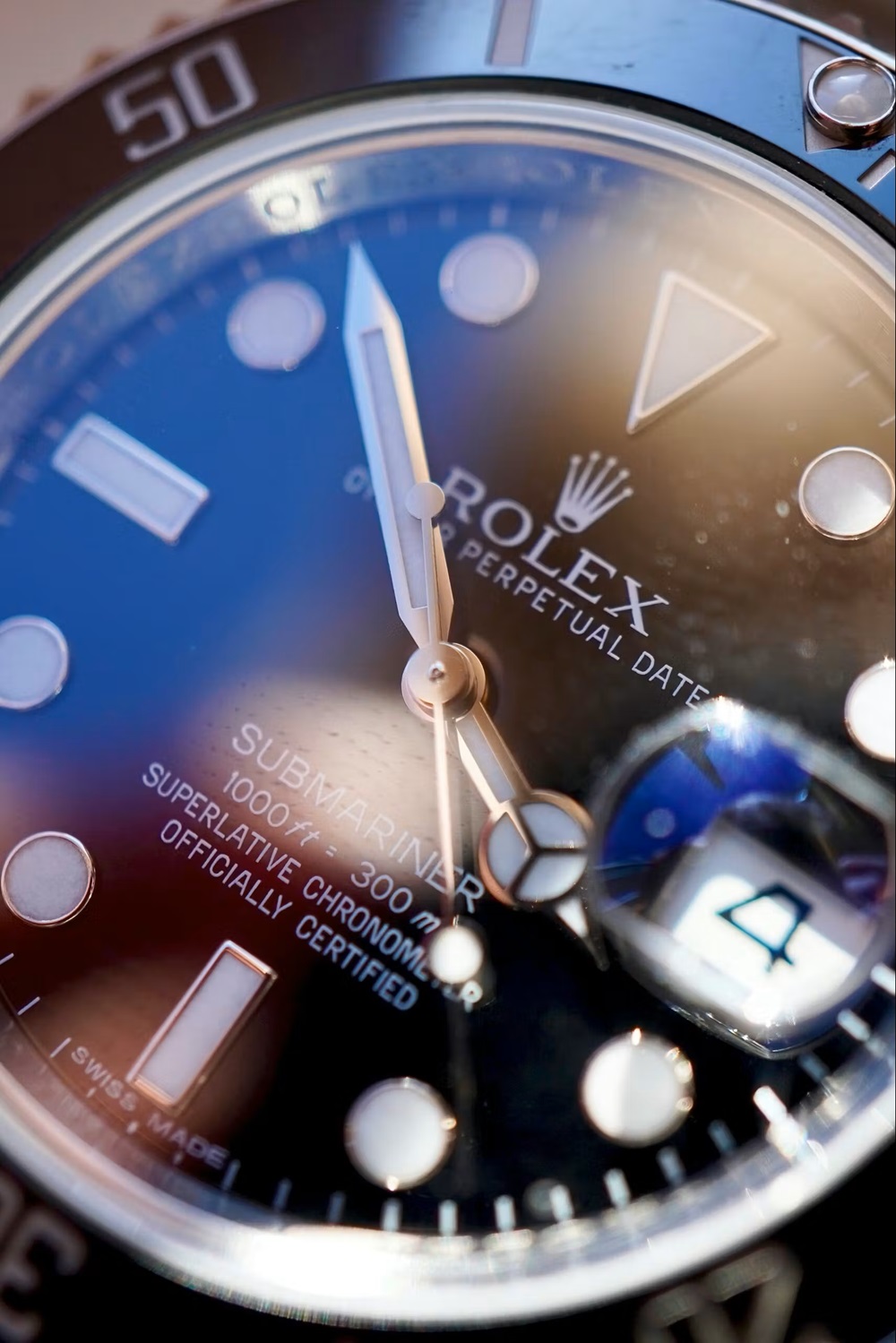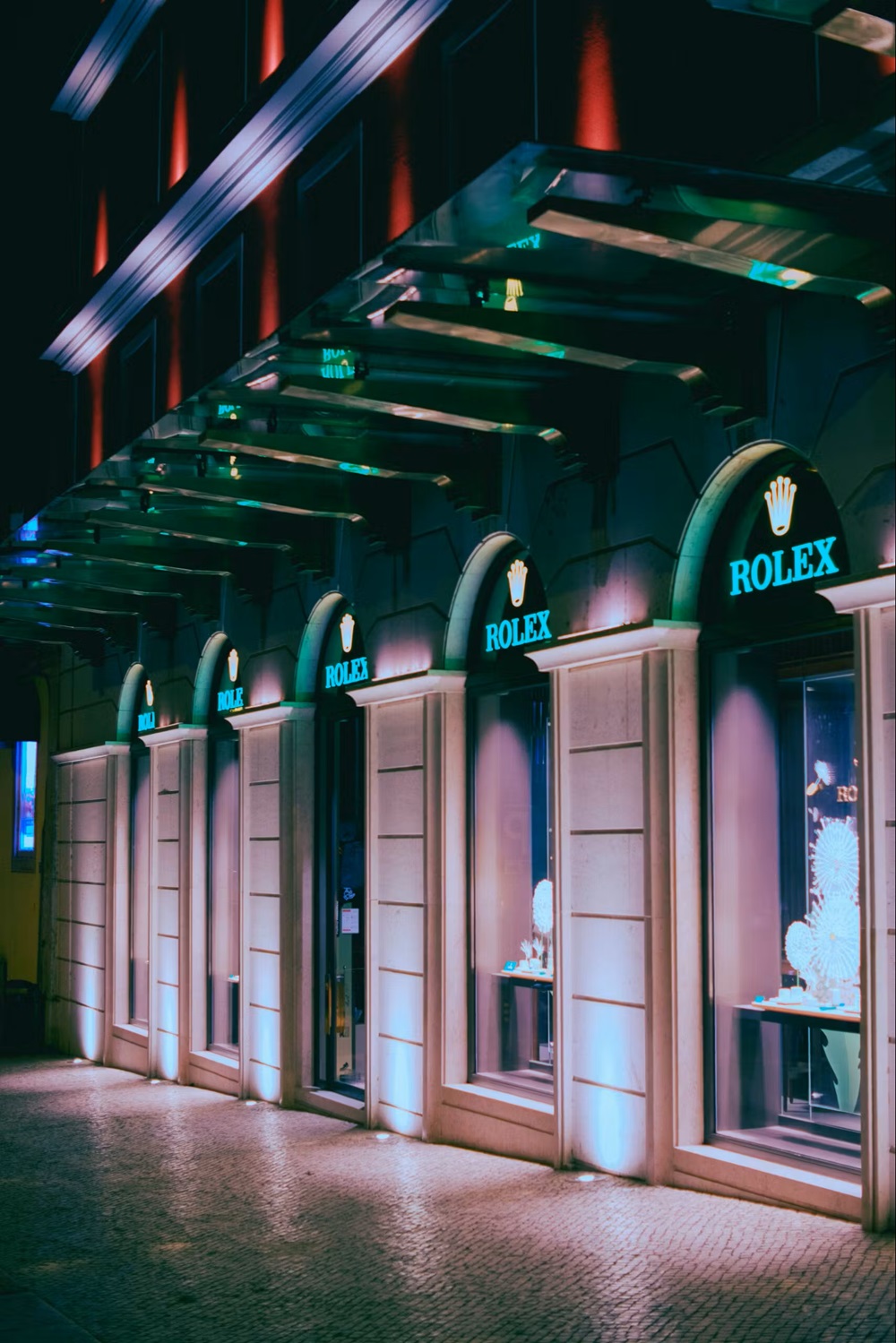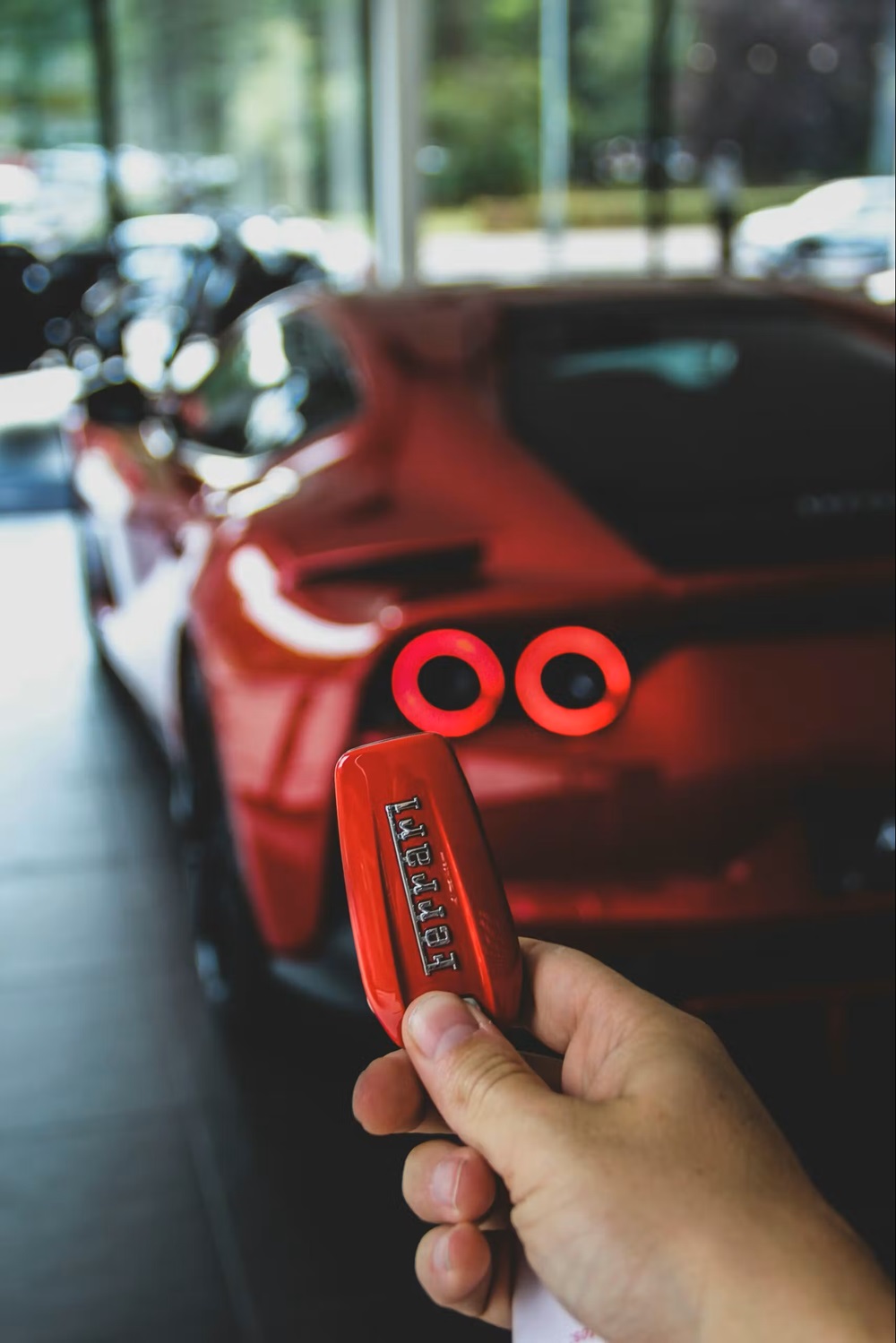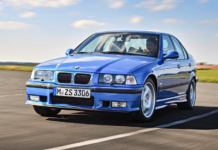Ferrari and Rolex carry just about as much cachet as any brand can, and given their histories, it’s easy to understand why. But the two revered luxury brands have made some choices that have come back to haunt them, and will probably to continue do so. Let me explain.

For context, I own a Rolex and a Ferrari. (OK, Boomer, you’re fancy, we get it.) The Rolex I bought in 1981, and I wear it almost every day. I bought the Ferrari in 2017, a 2005 model. I use it like most “modern” Ferrari owners, which is to say, not much. I love these brands and the incredible machinery they’ve created over the years, but their gatekeeping strategies are becoming a turn-off, and I don’t think I’m the only one who feels that way.
Try buying a new Rolex watch. That lovely display at the authorized dealer is empty. Why? Because there are no new watches available in the system. They have been sold by authorized dealers to “favored customers,” almost all of whom are not end users but friends, influencers, celebrities, used watch dealers or flippers. There is nothing on the store shelves, but conveniently, a quick look at online, non-authorized retailers reveals a much different story. Fresh 2024 watches are for sale at a markup over their retail price. Who benefits? Rolex, their retailers, and a small group of connected individuals. The losers? The rest of the world who would like to buy a new Rolex at retail.
So what happens? Those rejected buyers buy something else or go without. The bitter feeling of being rejected by a brand might not resonate at first, but it lingers. That lingering feeling can cause resentment. And that resentment sends qualified buyers to other stores. Rolex, a Boomer “must-have,” has become a Gen X reject, a Millennial inside joke, and a Gen Z “I’m never going to afford a house, so I’ll rent one for my next Tik Tok” prop.


Is it just me, or am I the only one who thinks that paying the favored client, the brother of the watch retailer’s owner, or the flipper a $5,000 to $10,000 ransom (or 100 Timex watches at $100?) for what is a two-month-old but now “used” watch is the height of arrogance, or perhaps stupidity? Is Rolex leveraging its future in an era when hundreds of new watch brands and thousands of new watch models appear every year?
Rolex has a sister brand, Tudor, which is where they are now placing their innovative and lesser-priced timepieces. However, Tudor as a brand is less aspirational than Rolex. Rolex makes it perfectly clear that they are not the same as a Tudor, and Tudor reciprocates. But I must wonder, does the lack of a new Rolex drive buyers to other brands? I think it does. That Patek Phillipe, Blancpain, Chopard, IWC, or Audemars Piguet might have flown under the radar unnoticed if not for a potential owner leaving the Rolex store empty-handed.
On to Ferrari. It is one of the best-known of all brands not just in the U.S., but in the world. If you don’t have the means or access to a genuine Ferrari car, you can get genuine (or licensed) Ferrari hats, key chains, license plate frames, scale models, shirts, socks, jackets, posters, model cars, and hundreds more trinkets, and thousands more if you count the unlicensed rip-offs.

Just to be clear, you can walk into a Ferrari dealer and buy a new Ferrari, should you have the coin or credit. But there is a treasure trove of new Ferraris you can’t have, that is until you have worked your way up the sales ladder, or are a favored client, aka a popstar, an influencer, or a celebrity. Again, mere mortal’s money is not good enough, you have to buy car A, B, C and possibly D and E before you can get the coveted F, G, or H. Maybe I’m a luddite, but I just don’t get it. Call it brand management, or call it savvy marketing if you follow the company line. I don’t agree.
I’ll call it something else. This extreme “hide the good stuff” philosophy has—I believe—helped fuel the unprecedented growth of rival brand McLaren. That’s a good thing for the marketplace, as competition breeds innovation. McLaren Cars (Now McLaren Automotive) introduced its first production car in 1992—the now legendary F1. After an extended period of dormancy, they have more than hit the ground running with a plethora of new models since 2010.
Now, let’s talk Lamborghini. In my opinion, the Lamborghini brand is in ascendancy. They, like McLaren, are seemingly everywhere you find high-value sports cars, be it on track, on the street, or at cars and coffee or concours lawns.
Has Ferrari’s brand management helped create the opportunity for the growth of other brands? Is it just me, or have a good percentage of the car guy Cool Kids (particularly the younger ones) jumped from the Prancing Horse to the Snorting Bull or to McLaren?
I will concede that my observations are mostly, well, observational. I can tell you that on the Monterey peninsula in August, I saw groups of Lamborghinis and McLarens out in force on group drives. Ferrari? Some, but not as much. Perhaps the collectors are buying Ferraris while the drivers are getting McLarens and Lamborghinis.
Maybe I saying the quiet part out loud, or maybe I am off base. They were always exclusive brands, but based on what I see, I have to ask the question: Does the emerging hyper-exclusivity of Rolex and Ferrari, two great, storied, aspirational brands, mean that they have sold their future at the expense of the present?
Report by Dave Kinney
find more news here.










